New to iPhone and probably wondering, “Where is the application manager” on my device? Whether it’s your first time using an iPhone or you genuinely don’t know where to locate this feature on your device, at least, you’ve heard the term “apps.” Applications are programs that are designed to carry out various operations on your device, and each app performs a specific task.
Now as the number of apps increase, the iPhone makes it easier for you to manage such apps on the device through the application manager. However, apart from the built-in application manager on iPhone, you can still use a third-party application manager apps such as FlashGet Kids app to manage the various apps on your kid’s device. Keep reading to learn more about these app managers.
Where is the application manager on iPhone?
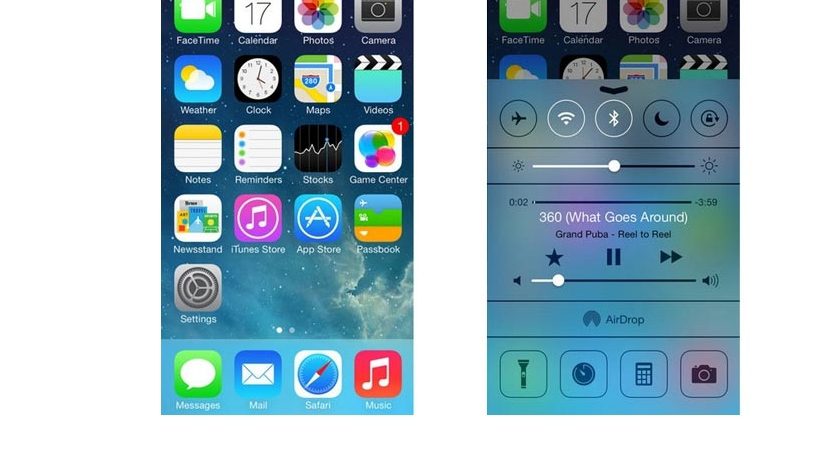


The app manager is a tool that allows you to manage the various applications on your Phone. For instance, you can use it to delete, reorganize, and hide apps on your device.
The application manager is found on the “Settings app” on your iPhone. To access the application manager on your iPhone, go to “Settings” > “General” > “iPhone Storage.” However, depending on the device model you’re using, the process of finding app management settings may vary slightly.
Basically, an application manager helps you to navigate the apps on your device, handle updates, installation and storage. Unlike other OS with a dedicated Application Manager, Apple includes an integrated app management that operates seamlessly in all iOS settings.
How to manage apps on iPhone?
Managing apps on your iPhone Home screen is a great way to customize your iPhone display. It’s particularly helpful because it lets you organize your apps in a way you better understand. Managing apps also makes it easier for you to delete or move apps.
Delete apps on your iPhone device
One of the primary reasons to delete apps is to help free up storage space. Once the app is deleted, you reclaim both the app itself and the associated data. To delete an app on your iPhone, follow these steps.
Step 1: Tap and hold the app you want to delete until you see the app wiggle. Apps with the “X” in the corner are ready to delete.
Step 2: Tap on the “X” on those apps you want to delete.
Step 3: Tap “Delete” in the confirmation pop-up window. If you’re using apps that store their data in iCloud, you’ll also be asked if you want to delete the data.
However, app management goes beyond mere app deletion. You can easily control how your app updates. For instance, in the “App Store” settings, you’ll see an option that allows you to enable or disable app automatic updates. This grants you more control over how and when your apps update.
Besides, you can manage the privacy and permission relating to apps in the “privacy” area of the settings. You can also adjust and review the permission granted to every app thus enhancing control over your personal data.
Rearrange Apps on your iPhone Home Screen Pages
Sometimes, you may wish to change the location of an app on your iPhone. Maybe, you want to make it inaccessible or simply make it easier to access on your Home Screen. To move apps to a specific location, follow these steps.
Step 1. Tap and hold the app to be moved. Once the apps wiggle; indication of an editing mode. The app is now ready to change its location.
Step 2. Drag the application to the new location you want it positioned.
Step 3. Once the app is at the location you want it, lift your finger off your screen.
Step 4. Stop the “app” from wiggling by tapping on the home button.
Step 5. Save the new arrangements.
How to manage apps that use your Apple ID on iPhone.
If you’ve been using your Apple account to sign in to third-party apps and services, then you may want to view and manage such apps accordingly. The “sign in with Apple” is both a convenience and a privacy feature that operates in modern iPadOS and iOS devices version 13 or later. The feature basically allows you to sign up for using a service or an app using the Apple ID, rather than creating a new account for each app.
Step 1. Go to “Settings” on your iPad or iPhone.
Step 2. Tap on the “Apple ID name” appearing at the top right of the screen.
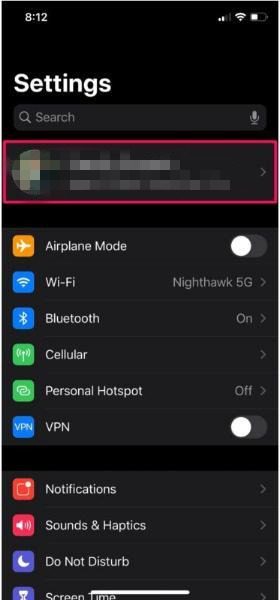


Step 3. Tap on the “Password & Security” to open its menu.
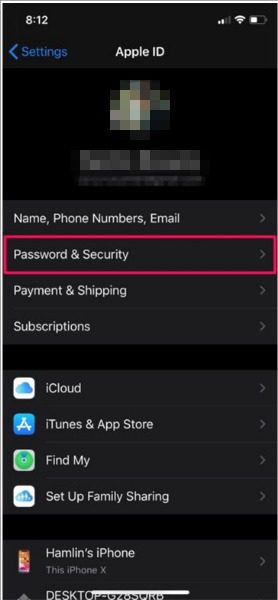


Step 4. Once you open the password & Security section, select the “Apps Using the Apple ID.”
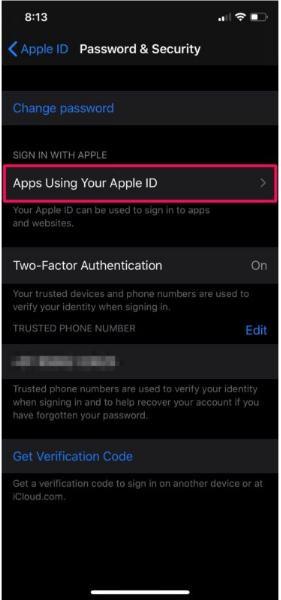


Step 5: You’ll be able to see the entire list of apps using your Apple ID to logins. You can pick any of the apps appearing on the list.
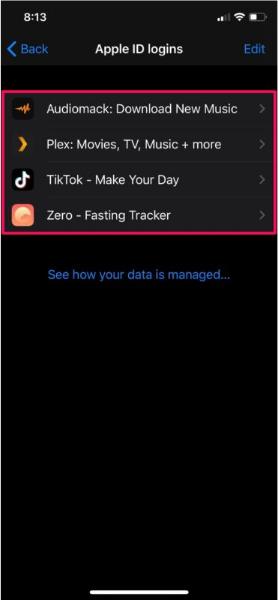


Step 6. You may decide to switch off automatic forwarding for your emails.
Step 7. To block apps from accessing your Apple ID details to login, tap on the, “Stop Using Apple ID.”
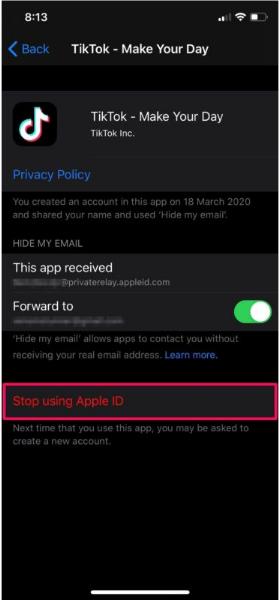


Step 8. If prompted to confirm your decision, then you can select “Stop using” again.
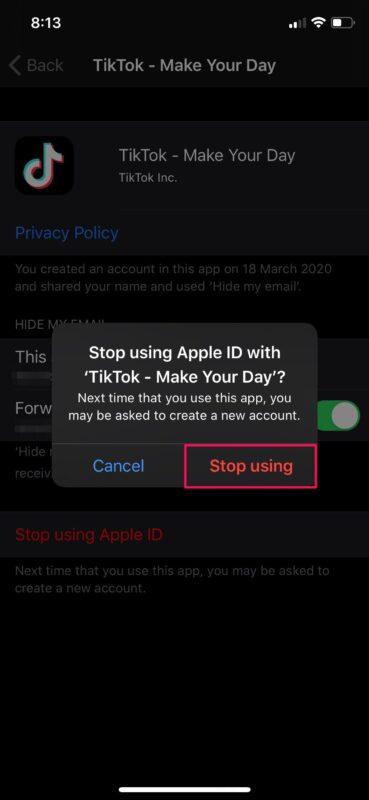


At this point, you can now manage all the apps that could be using your Apple ID to login.
How to manage apps for your kids on FlashGet Kids?
In the ever-evolving and dynamic digital landscape, monitoring your kid’s app usage and screen time is an important aspect of responsible parenting. FlashGet Kids has emerged as a comprehensive monitoring solution that is designed to help you keep your kids safe online. The app includes various app management features such as screen time management, app blocker, location tracker, Geofencing among others.
What makes FlashGet Kids app the best app manager?
- App restriction with precision. The FlashGet Kids app offers a practical approach to restricting apps, thus allowing you to curate a list of apps that align with your kid’s age-appropriate content and your family values.
- Screen time management. Setting up a healthy screen time routine can be very important for your child’s development. FlashGet Kids app allows you to set time limits on various apps, thus ensuring a balanced control app usage pattern.
- Content filtering. Protecting your kids from accessing inappropriate content is certainly your top priority. The app includes robust content filtering features that help shield your child from such harmful content.
- User-friendly interface. The app recognizes the essence of a simple-to-use parental control tool. Its user-friendly interface allows parents to easily navigate thus making it readily accessible to use.
- Customization: enjoy a higher degree of customization regarding time management and app restriction.
- Geofencing: Set virtual boundaries beyond which your kid should not exit or enter unless with your permissions
- Location tracking. Track the current location of your kid in real time.
how to download and install FlashGet Kids app?
The process of downloading and installing FlashGet Kids app is quite straightforward. You need to install the app simultaneously on both the kid’s and the parent’s mobile device.
Step 1. Download the FlashGet Kids app on the parent’s device from Google PlayStore for Android devices or App Store for iPhone mobile device.
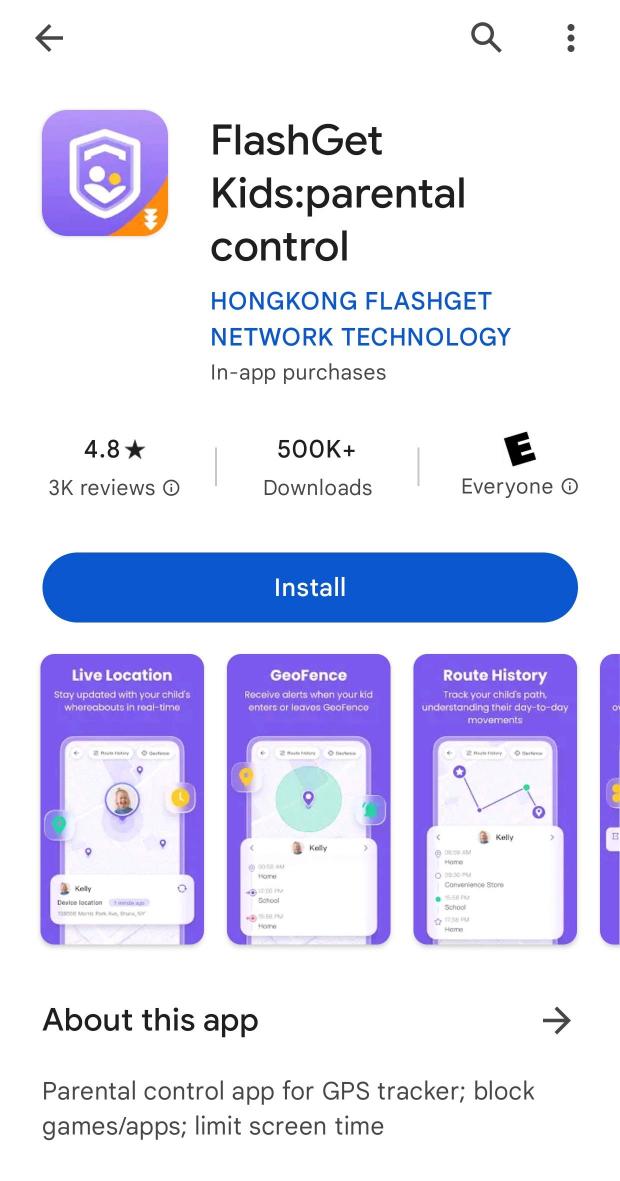


If you’re using an iPhone, visit the App Store, download and install the app on parent’s device.
Step 2. Sign in to get a FlashGet Kids account. Enter the details prompted by the app for the registration process. The process is quite straightforward and if you’ve already an account, kindly tap on “Sign in.”
Step 3. Bind the parent’s device to the Kid’s device. Simply open any browser on the kid’s device and key in “flashget.kids” > “download” button.
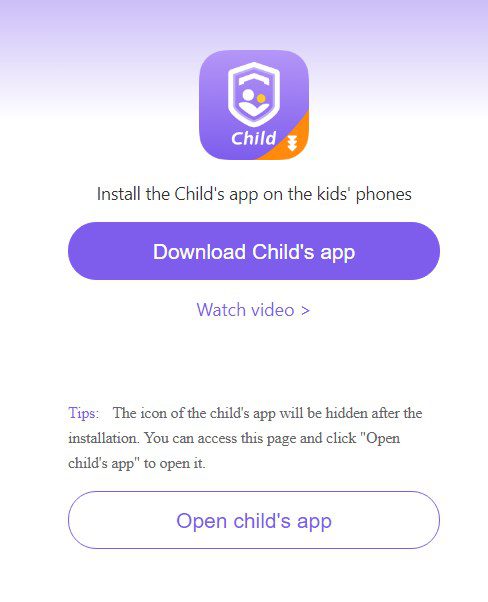


Step 4. Once the APK file is complete downloading, open the ” FlashGet Kids for parent. Tap on the ” Parent’s device” and tap “Agree.”
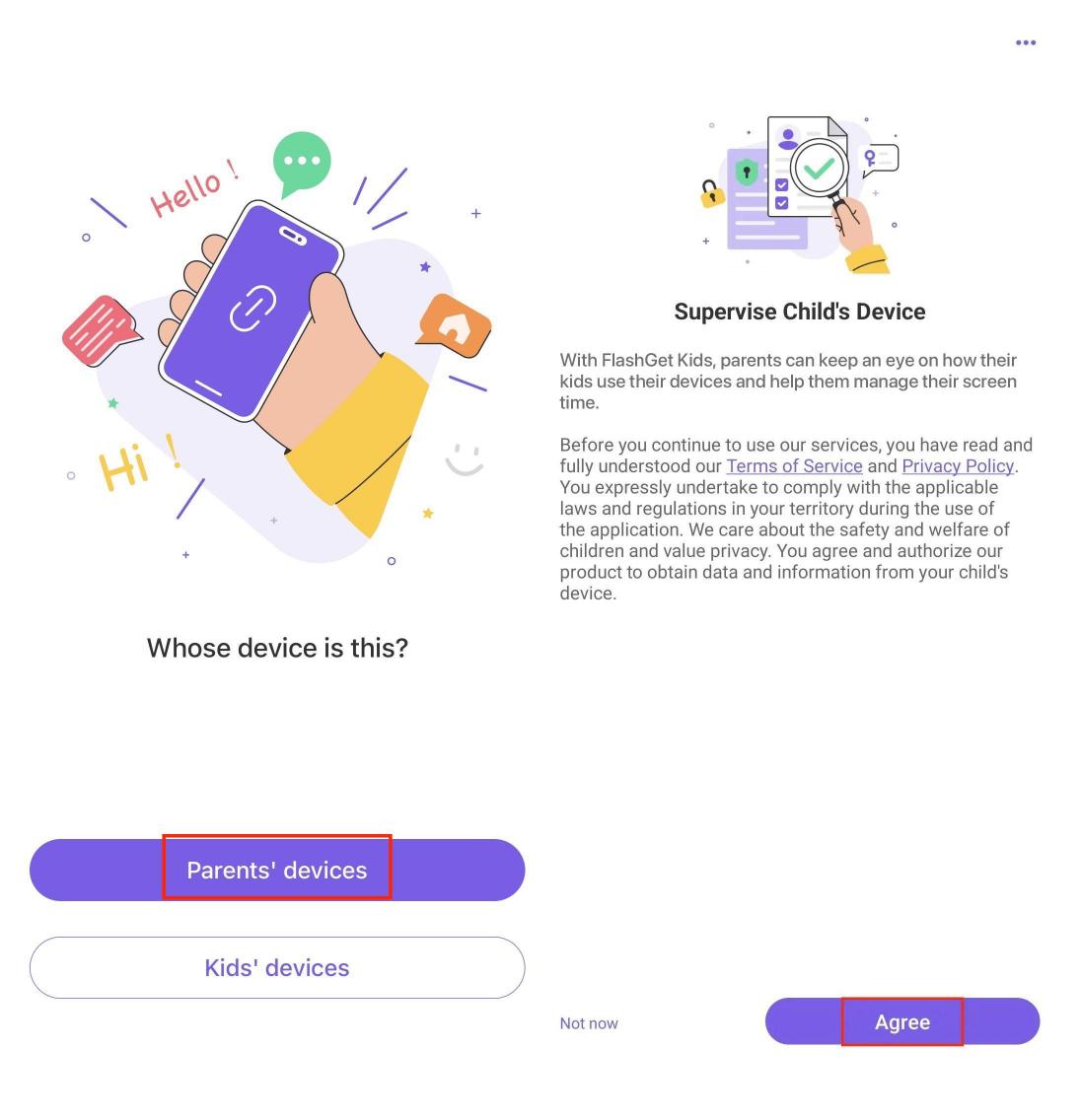


Step 5: Tap “Next” to receive a 9-digit code directly on the parent’s app
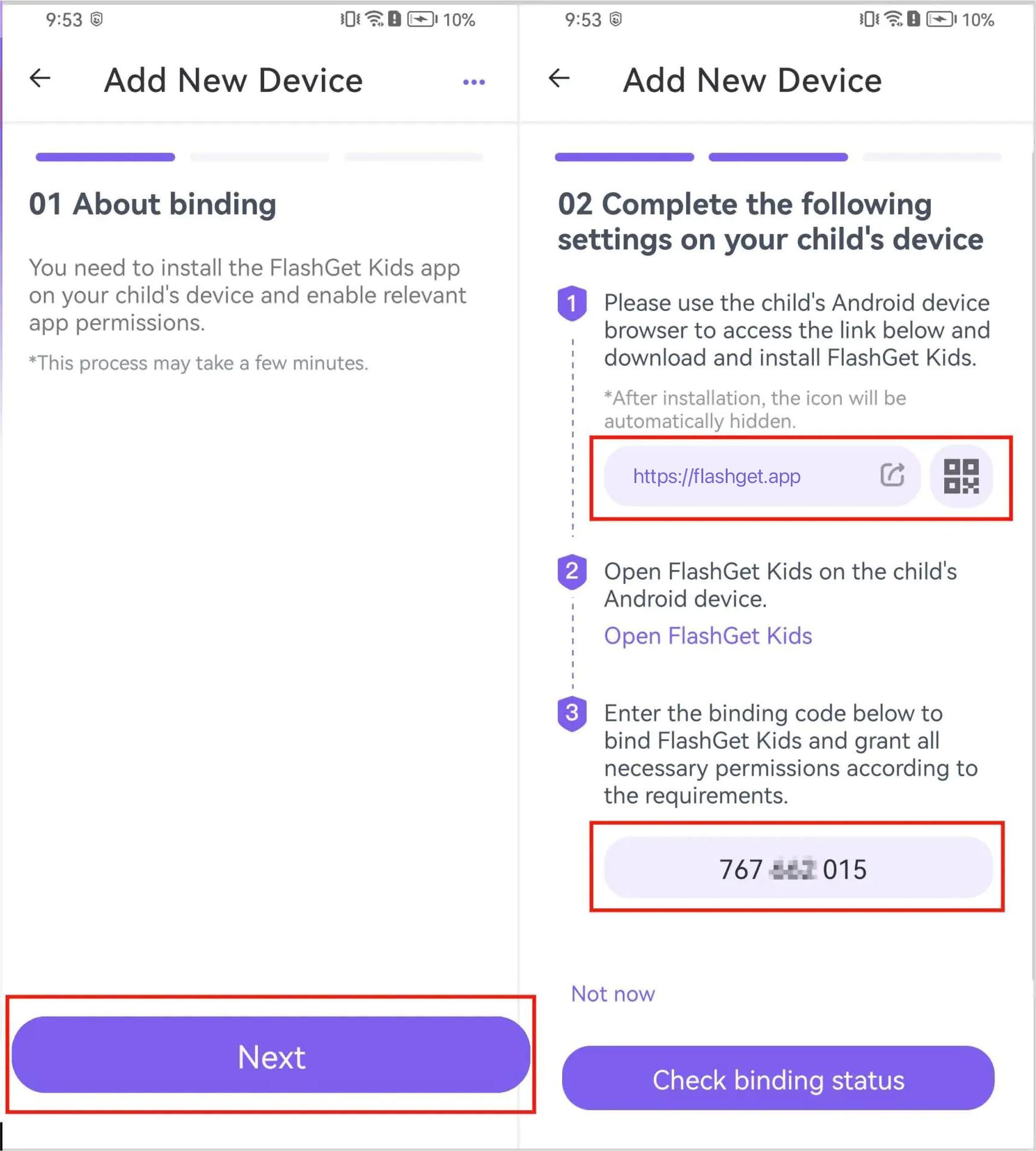


Step 6: Key in the 9-digit code on the kid’s app on their device. Tap “next” > “Confirm” to allow access to relevant permissions, such as allowing the FlashGet Kids app to run in the background.
Once you complete the downloading and installing the app on your kid’s mobile device, you can now proceed to set up the various parental control features such as app blocker. For instance, the App Blocker allows you to;
- Block and manage some or specific apps installed on your kid’s device.
- Set up blocking zones and blocking time.
- Manage your block list and set up the category.
How to set app limits using FlashGet Kids App Blocker?
Open FlashGet Kids for parent dashboard.
Tap “App Time Limits” then “Add Limits” next ” Select Apps” according to specified categories.
Click “Next” > “Time Span Limits” or “Available Time limits.”
Choose “Customize everyday timespan” or ” Every day.”
And then finalize by “Save.”
FAQs
Is there a way to manage apps on the iPhone?
Of course yes! iPhone devices include an application management feature that allows the user to organize the apps into folders, rearranging or deleting apps on the home screen. To access advanced features, simply go to “Settings”> “General” > iPhone Storage.
What is iPhone app library?
The iPhone app library is a feature on iOS 14 devices that provides a centralized space for accessing and organizing apps. It also categorizes apps automatically into folders according to usage frequency and allows faster access to all installed apps.
How do I organize my iPhone home screen?
Now, organizing your iPhone’s home screen is quite easy. Identify the app you want to move and long-press until it jiggles. Drag and drop it to the desired location to rearrange it.
Where is the application menu on the iPhone?
The iPhone, unlike other devices, doesn’t come with the traditional “application menu.” All apps are simply displayed on the home screen. To use the App Library, Swipe left and for a comprehensive view, swipe far left.

